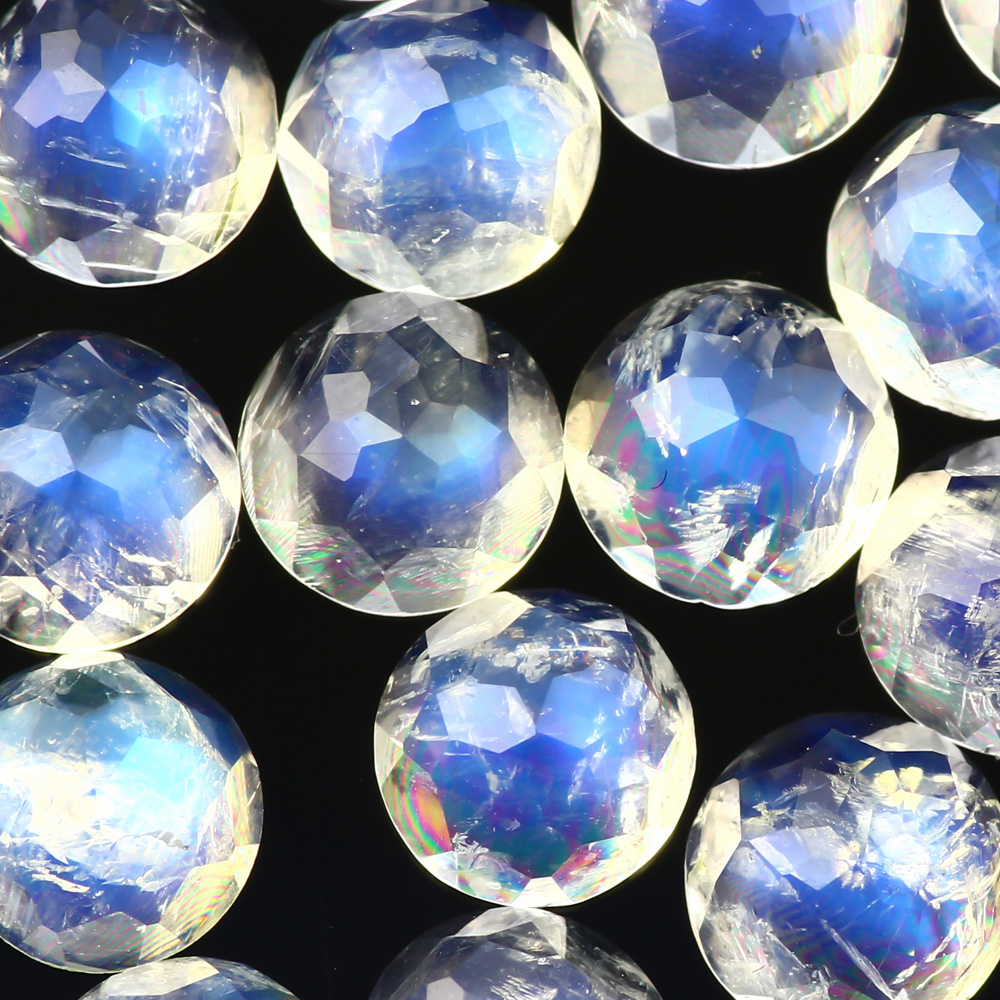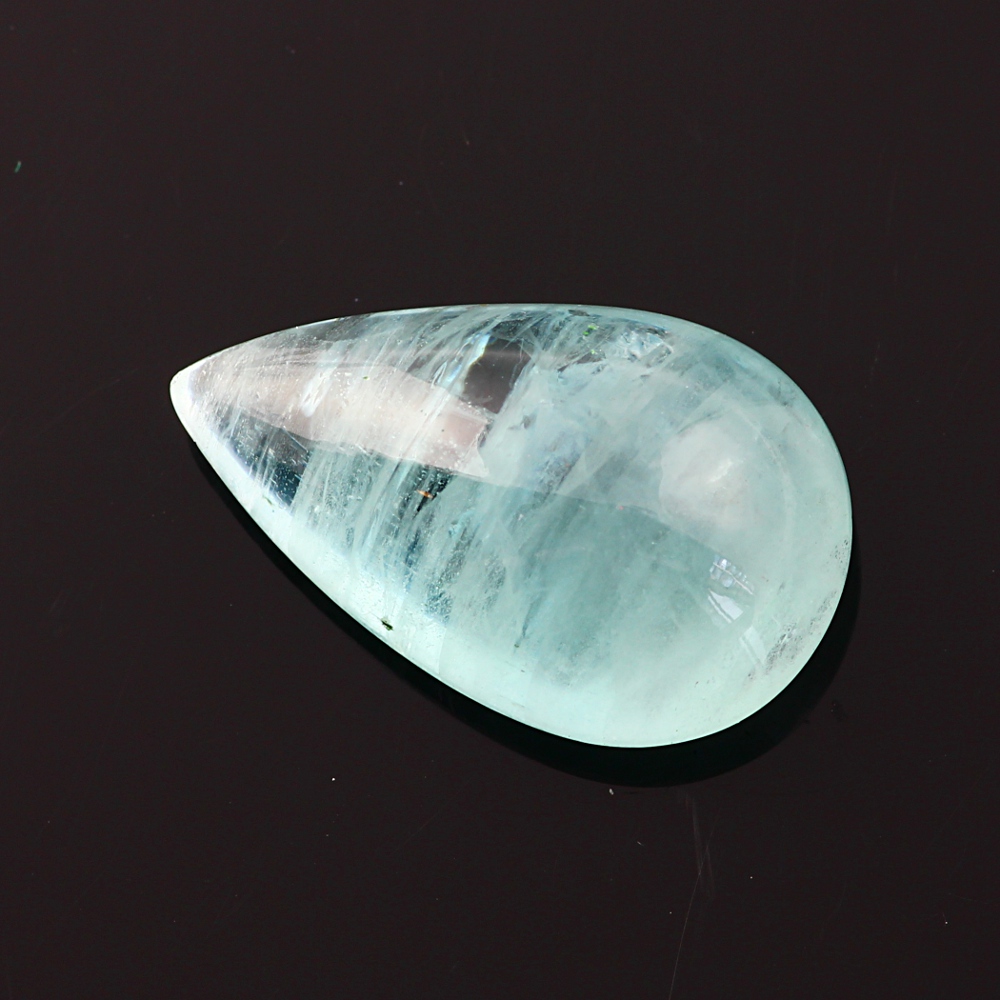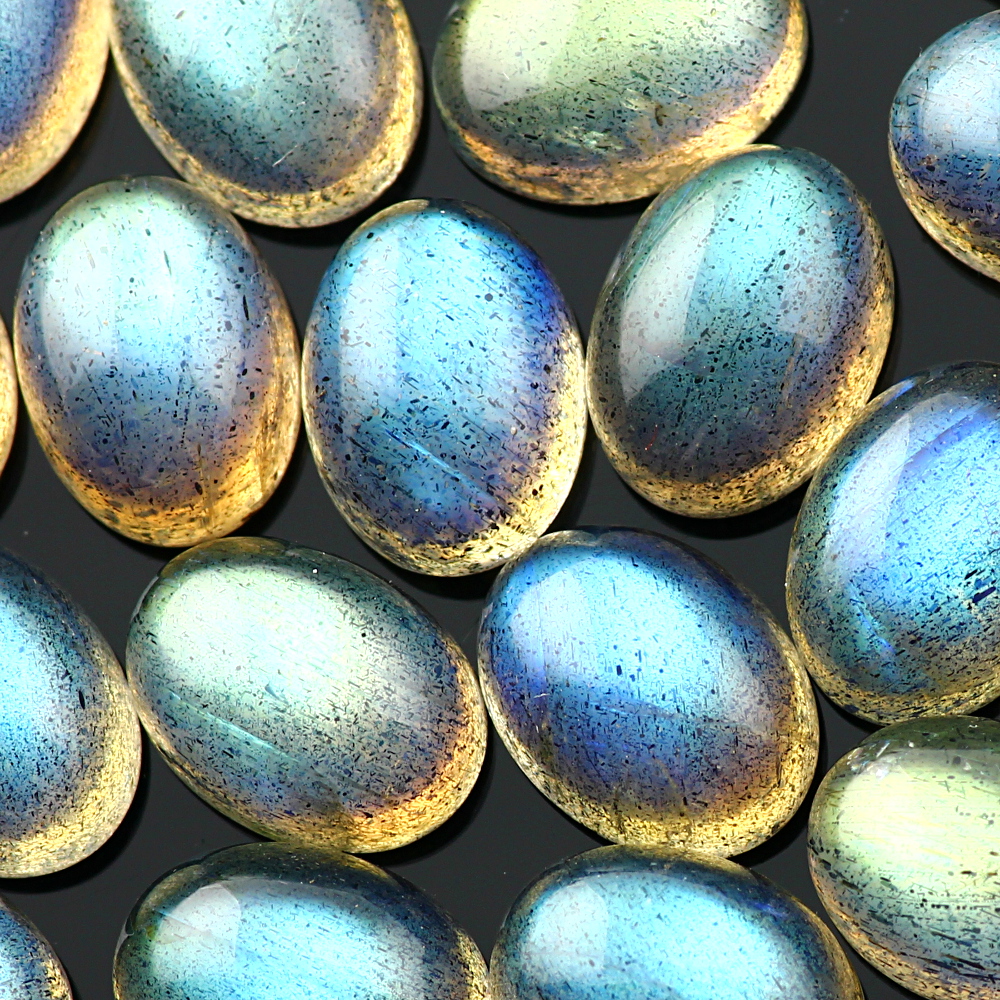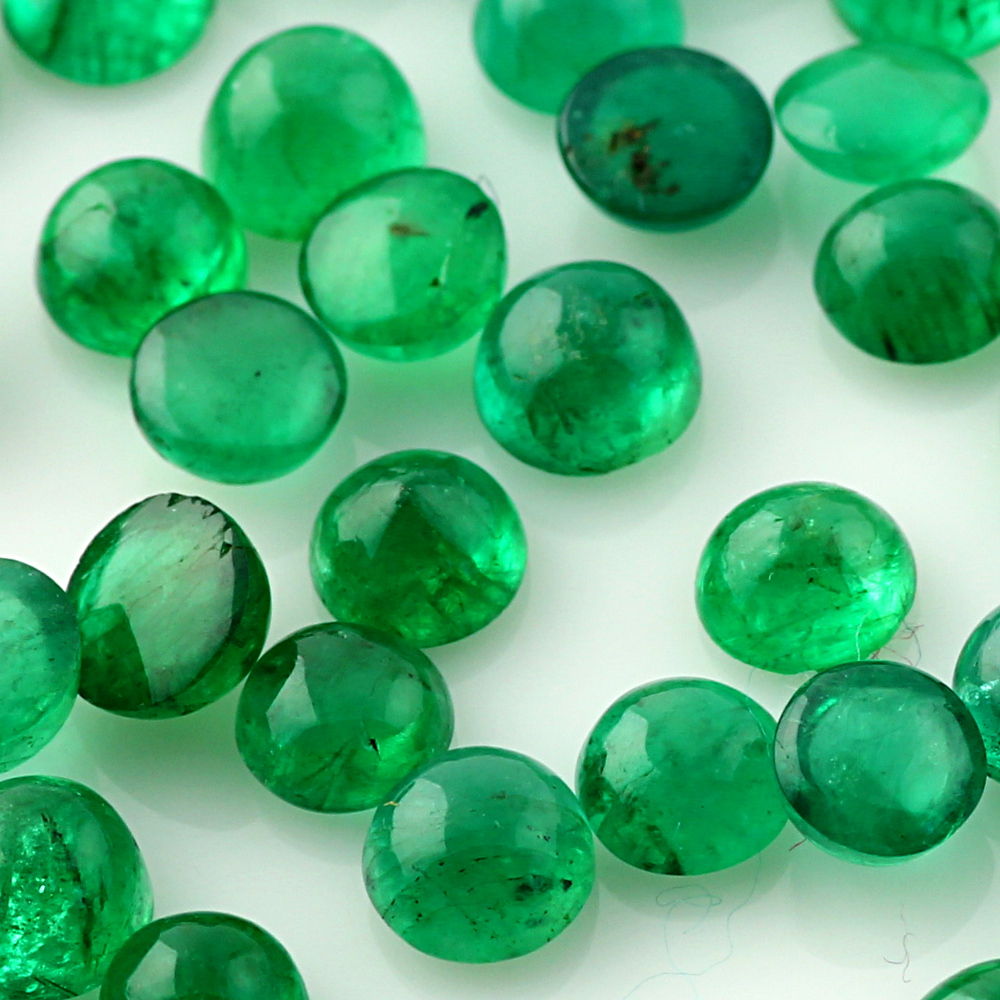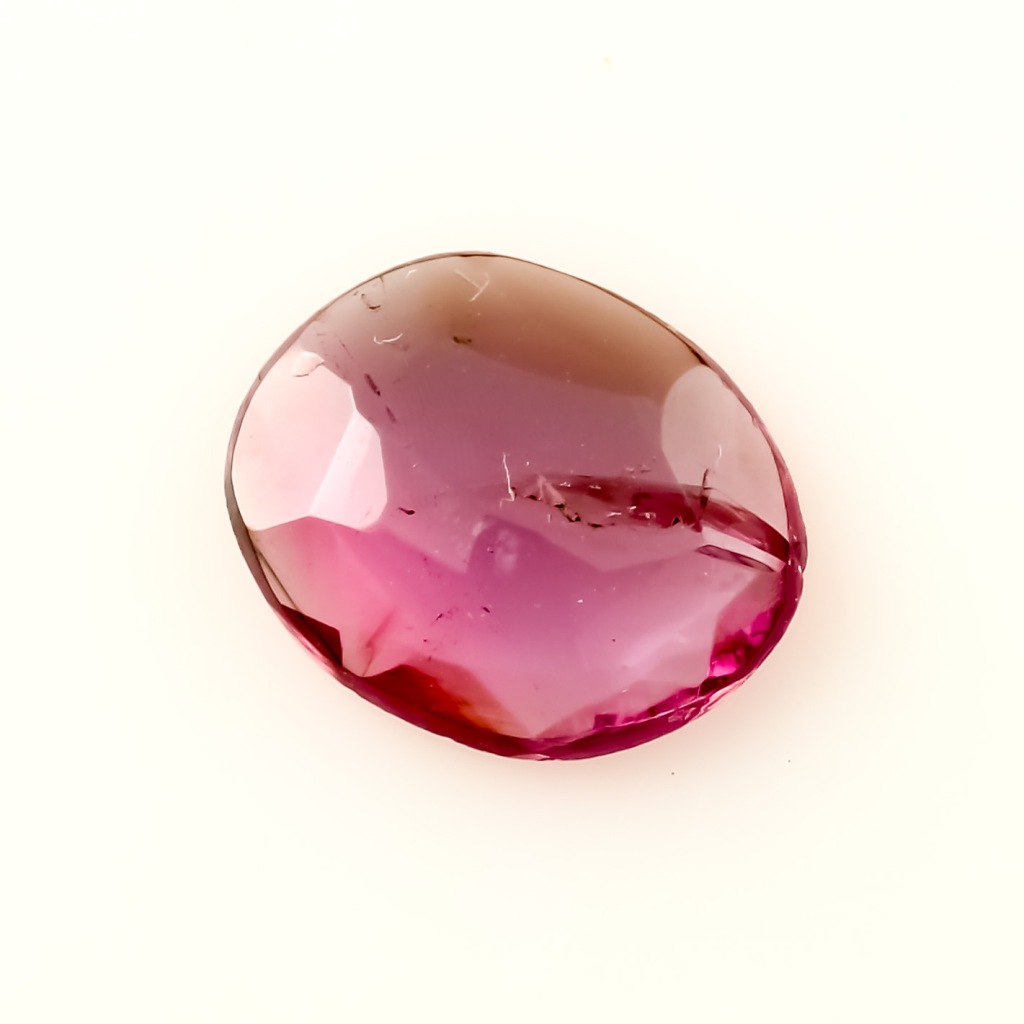What a lovely sounding title. If there is one thing that people generally want to avoid in gemstones, it’s a fracture or a feather; whether the crack is surface reaching or completely included in the stone, there’s always the danger of it opening up and splitting or at least weakening the stone. More than that, it’s unlikely that it’s ever going to actively add to a stone’s beauty. However, it’s such a common feature of stones, and indeed sometimes an integral part of the stone’s make-up that it bears closer inspection. A fracture can tell you how the stone was formed, give you information about whether and how it’s been treated
The first thing to be said is that all fractures are not equal. There is a difference between a large, unsightly feather right under the table of a diamond and a delicate fingerprint pattern inside a ruby. In addition, some types of stone are much more likely than others to be fractured in the first place. Let’s find out where they come from and in what forms you might find them.
Where do they come from?
- During crystal growth; a result of internal tensions caused by structural defects or tectonic activity
- During crystal growth; an integral part of the stone’s make up – eg parting in labradorite, cleavage etc
- Whilst formed crystals are in the host rock, due to changes of pressure or mechanical damage produced by tectonic activity.
- Secondary deposits, when gems are transported and accumulated, eg after being tumbled and washed down a stream.
- In primary deposits, during mining or the recovery process (blasting and crushing of the rock).
- During cutting itself: sawing, cutting and polishing, accidental blows or if internal tensions release, or if the stone becomes too hot.
- In some treatments, due to thermal shock
- During heating, included crystals inside the host crystal can expand leading to ‘halo fractures’
- For mechanical reasons during jewelry making or repair process, eg setting
- Once in jewellery, normal wear and tear, for example accidental bumps and abrasions

Large fractures in stone varieties known for easy cleavage; tanzanite, kyanite or topaz for example should be avoided. They don’t look good and worse, will seriously impact the durability of the stone. Any blow or accidental damage could cause the fracture to open up. As stone-cutter Meg Berry states, she likes to apply the ‘rule of thumb’ when it comes to fractures in stones; namely, if you can snap it with your thumb, you probably ought to. Smaller fractures are a different matter; some milky aquamarine is full of fractures and beautiful, watermelon tourmaline tends to come up quite fractured and of course with emerald it’s almost impossible to avoid. Below, the aquamarine is crazed with tiny fractures, but it adds to the density of the colour and the movement of the cut. The tourmaline slice is imperfect but the colours are still bright and the emerald looks like a planet, with its visible fractures and liquid inclusions.
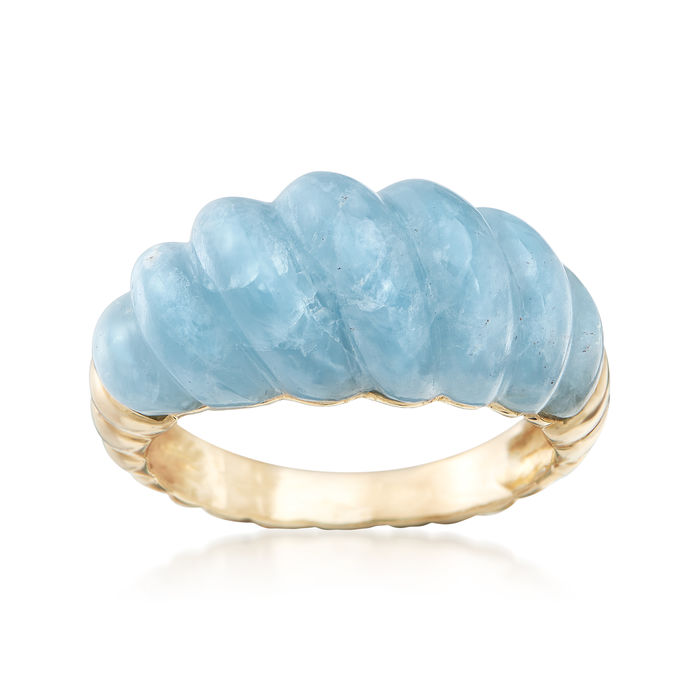
Ross Simons Milky Aquamarine Shrimp Ring in 14k Gold 
Joopy Gems Watermelon Tourmaline Slice, 2.765 carats 
Chronostore Vintage Antique Emerald and Diamond Ring
It’s hard to think of any situation where a large inclusion adds to the beauty of a stone but as I was writing this I thought, if there’s one thing I’ve learned in 10 years in this business and that is that people are endlessly creative and can conjure beauty from the most unprepossessing of raw materials. Enter Jamie Johnson, and her Golden Joinery collection. These are all one of a kind; broken stones set in sterling silver with the seams of both cracked halves dipped in 22k gold. They are absolutely stunning. Below from left Aussie Boulder Opal Joinery Ring, $2860, Golden Joinery Turquoise Earrings, $2330 (photos courtesy of New Twist), Pendant necklace in oxidized sterling silver with 22k gold and rainbow moonstone, $2,970 and finally the group at the bottom featuring turquoise, ruby, boulder opal and green tourmaline (photos courtesy of David Wentworth at Flutter Studios). Aren’t these amazing?

Aussie Boulder Opal Joinery Ring 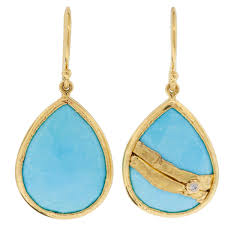
Golden Joinery Turquoise Earrings 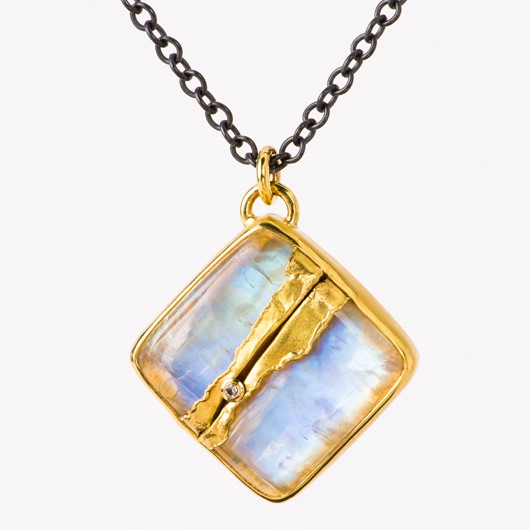
Pendant Necklace in Sterling Silver with 22k gold 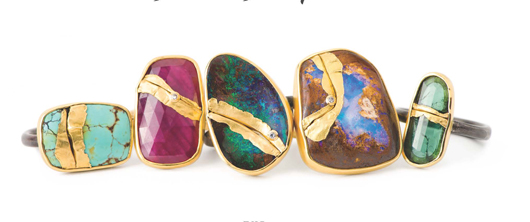
Parting
Ah yes, labradorite. Think of labradorite and in your mind’s eye you’ll no doubt think of a multi-veined stone with the characteristic flash. Years ago I was having trouble with customers sending back stones because not only is the stone soft, but there’s a thing called lamellar twinning. Also known as ‘repeated’ or ‘multiple’ twinning, this results in the layered make up of the stone, which makes it prone to fracturing along these twin planes. It is also, however this make-up which gives rise to the flash – it is the light refracting off these planes that results in the characteristic labradorescence. So when customers tell me they want great flash and no fractures, I kind of want to throw my hands in the air and shriek!! However, I have now done my best with it; not entirely fracture-free but my labradorite is less fractured than most. I try to buy the translucent material with the superior flash, and that way I have happier customers and fewer returns. Even so, you’ll see in the picture below that there are still fracture lines across the stones. It’s pretty much unavoidable.
Cleavage
Cleavage is the tendancy of a crystal to break along distinct planes, and some stones are more prone than others, depending on their specific characteristics. It’s where the atomic bonds are weaker, so the crystal can split easily along those lines. Some have no cleavage – eg quartz, opal, agate, turquoise, ruby and sapphire, and some have perfect cleavage along one or more planes, for example topaz, diamond, kyanite, and all feldspars. It’s more of an issue during cutting – and in fact it used to be used to divide large gem crystals. Now cutters make sure that they cut such stones to minimise the chance of the stone cleaving during setting.
So we have seen that fractures have a function and a place. They may even be beautiful, and certainly they are sometimes unavoidable. I think I ‘ve gone on enough so next time we will be looking at other kinds of fracture – eg halos and fingerprints and also clarity types: the tendancy of some stones to be more included than others.
joopygems.com

